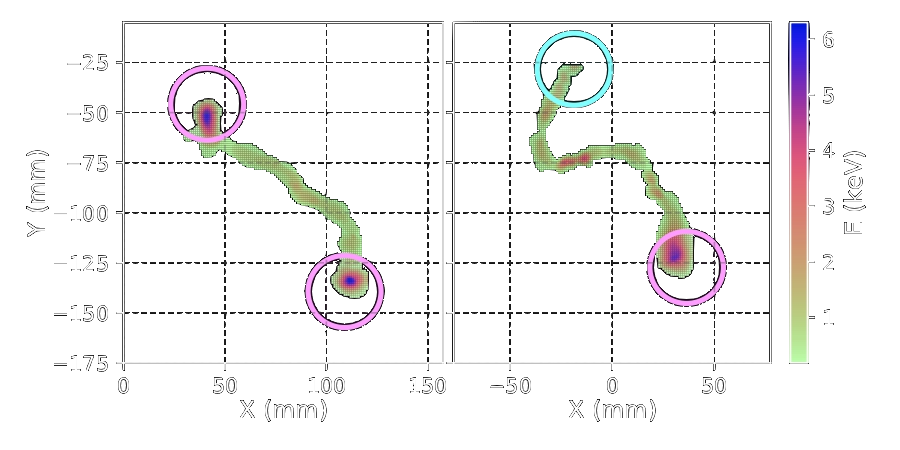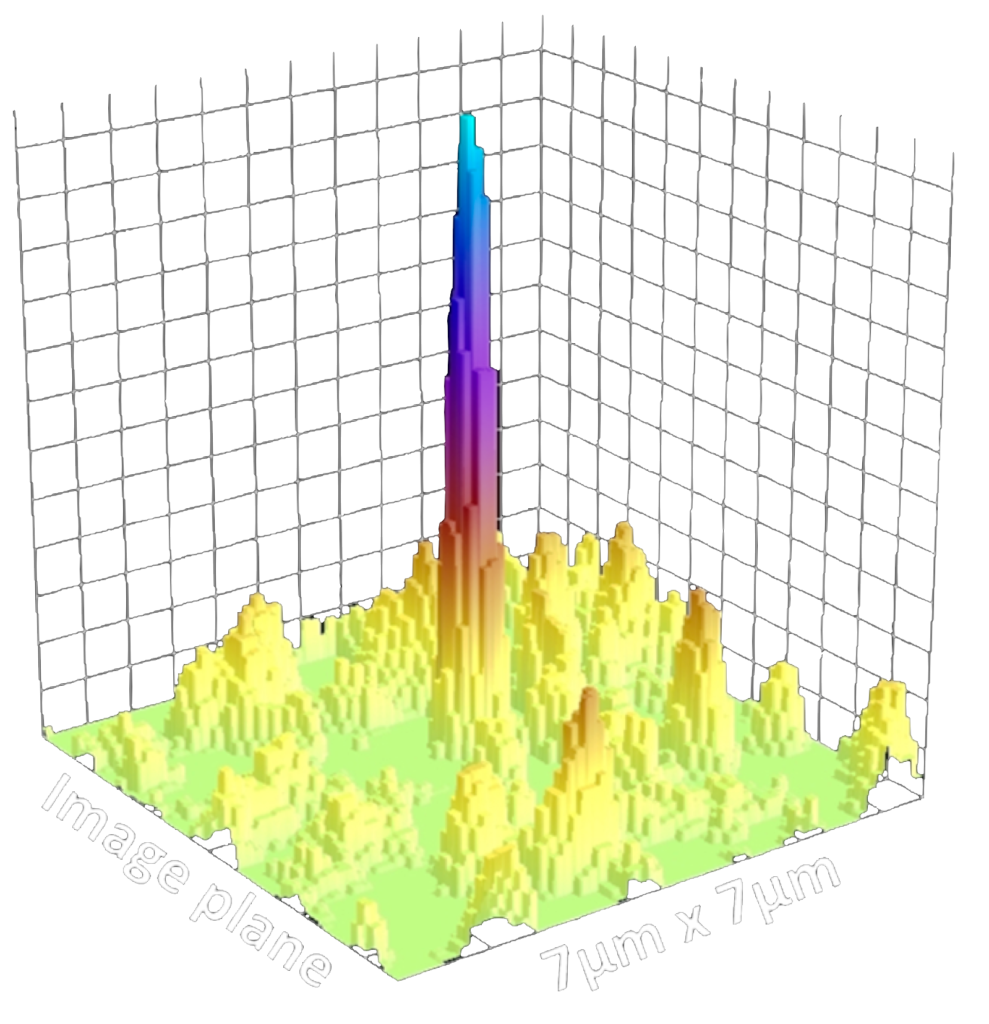
Neutrinos do have mass, as it has been demonstrated by several oscillation experiments. The question is what kind of mass they have. All the other fermions in the Standard Model have a Dirac-type mass, but the neutrino, being chargeless, can have a Majorana-type mass, namely, be indistinguishable from its own antiparticle. Majorana neutrinos provide an attractive explanation for the smallness of neutrino masses, the so-called seesaw mechanism. Besides, a Majorana nature of neutrinos would imply a violation of the lepton number, since a lepton can be converted into an antilepton. Lepton number violation is one of the basic ingredients, together with CP violation, to explain the asymmetry between matter and antimatter in our universe.
If the neutrino is the same as its own antiparticle, the neutrinoless double beta nuclear decay is allowed. In a double beta decay, two neutrons in the same nucleus convert into protons, emitting an electron and an antineutrino each. If the neutrino is the same particle as the antineutrino, the two antineutrinos can annihilate and just two electrons are emitted. The reverse has also been demonstrated, namely that the existence of such a decay implies the Majorana nature of neutrinos.
The energy of the two electrons emitted in the double beta decay constitutes the most common observable exploited in this type of searches. Due to the energy conservation principle, the available energy within the decay process must correspond to the difference between the masses of the parent and the daughter nuclei (Qββ). In the neutrinoless mode (0vββ), the two electrons carry all the energy, yielding a unique peak at the Qββ in the total energy spectrum. On the other hand, a continuous distribution between (0-Qββ) is observed for the two-neutrino mode (2vββ), since the total energy will be shared with the neutrinos too. In case the neutrinoless mode occurs, an excellent energy resolution is required to be able to distinguish it from the one of the 2vββ.
The double beta decay is a very rare process: the half-lives for the two-neutrino mode correspond to 1019–1021 yr, while the 0νββ one has not been detected yet (the most sensitive searches probe half-lives above 1026 yr). Therefore, the background radioactivity, being much more frequent, affects noticeably the experiment.
A topological advantage

Nonetheless, there is one topology feature that can be exploited so as to distinguish between background and signal events. A charged particle going through gaseous mediums loses its energy at an almost fixed rate. When it is low energetic enough, a large amount of energy is released in a small region (the so-called Bragg peaks). The signal tracks, constituted by two electrons, will comprise two Bragg peaks located at both extremes, on the contrary, there will be Bragg peaks in just one extreme of the background tracks, since they are only formed by one electron.
An exceptional highly defined topological reconstruction of the events —thanks also to the Richardson-Lucy deconvolution— allows the NEXT experiment to take advantage of this feature, and perform a great signal vs background discrimination. The NEXT-White detector has already demonstrated it in the measurement of the 136-Xe 2νββ half-life.
But that’s not all: we have another ace up our sleeve, since there is an additional way to get rid of the external backgrounds. As it is explained before, the double beta decay process transforms the parent nucleus (136-Xe, in our case) to a daughter nucleus (136-Ba), emitting two electrons and two antineutrinos (at least for the standard 2νββ mode). Then, if we are able to detect the Barium nuclei it will be immediate to separate background events from those coming from double beta decays.
Barium Tagging: towards a background-free experiment

Currently, a lot of R&D is being conducted simultaneously at different places in order to exploit this possibility, comprising the NEXT-BOLD program. The development and implementation of this technique within the NEXT technology will constitute a prominent landmark not only inside the NEXT experiment but also inside the whole field: if an excellent energy resolution at the Qββ is achieved (to distinguish the 0νββ distribution from the 2νββ one) a background-free experiment will be accomplished.
Bibliography on neutrinoless double beta decay
- B.J.P. Jones, The Physics of Neutrinoless Double Beta Decay: A Primer, 2021.
- M. Sorel, Xenon TPCs for Double Beta Decay Searches, 2019.
- M. J. Dolinski, A. W. P. Poon and W. Rodejohann, Neutrinoless Double-Beta Decay: Status and Prospects, 2019.
- S. Elliott, Recent Progress in Double Beta Decay, 2012.
- J. J. Gómez-Cadenas et al., The search for neutrinoless double beta decay, Riv. Nuovo Cim. 35 (2012) 29-98.
- J. J. Gómez-Cadenas et al., Sense and sensitivity of double beta decay experiments, JCAP 1106 (2011) 007.
- S. M. Bilenky, Neutrinoless double beta decay, Phys. Part. Nucl. 41:690-715, 2010.
- F. T. Avignone, S. R. Elliott and J. Engel, Double Beta Decay, Majorana Neutrinos, and Neutrino Mass, Rev. Mod. Phys. 80:481-516, 2008.
- S. R. Elliott and P. Vogel, Double Beta Decay, Ann. Rev. Nucl. Part. Sci. 52:115-151, 2002.
